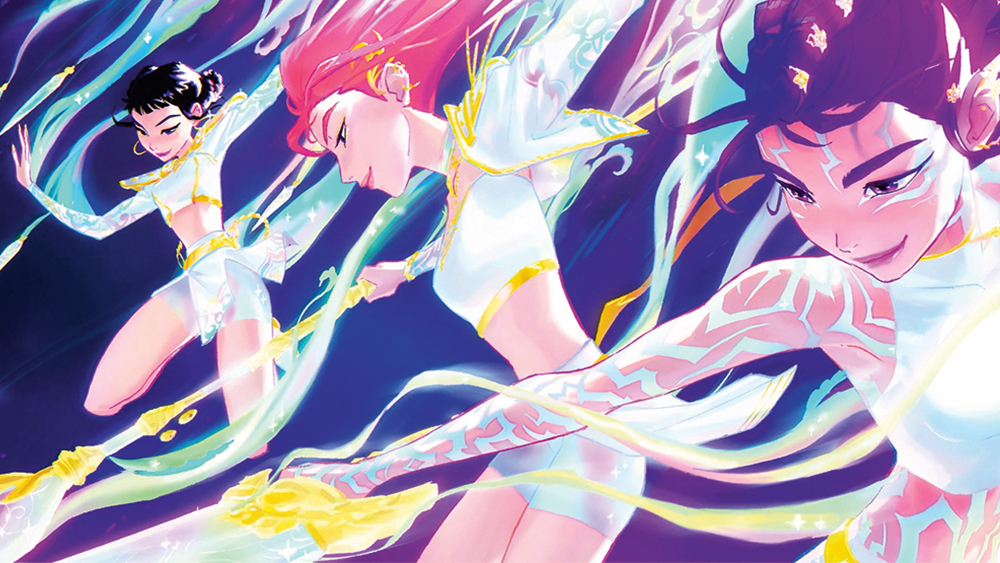5 pro tips for designing a global brand
Transcending border and cultures is no mean feat. DesignStudio's Paul Stafford explains the best way to go about it.

In today's world, the global adoption of the internet has allowed even the smallest of startups the opportunity to compete on an international stage and reach audiences far and wide.
However, successfully designing a brand identity capable of transcending geographies and cultures takes time and needs consideration. Paul Stafford, co-founder at DesignStudio gives his five secrets to success when approaching global branding...
01. Immerse yourself in the brand
Effective brand immersion is essential as it highlights the differences and core similarities in cultural attitudes towards a brand. For Airbnb's rebrand, our immersion process consisted of a global audit of more than 13 cities across four continents, as well as 120 internal interviews. This revealed insights which were essential in understanding the community so central to the ethos of the brand. We were submerged into an amazing story filled with concurrent themes of belonging and affection, providing the essence for all brand expression.
02. Never lose sight of the story
Creating a brand identity has, and always will, be underpinned by storytelling: Developing an emotive and compelling core brand story to build a consistent picture of a company which makes it easy for consumers to connect with it. For me, this is not only the difference between graphic design and branding, but a game-changer when it comes to helping brands succeed globally.
Super-brands like Nike, Coca-Cola, and Burberry do this incredibly well and have been successful in maintaining their brand heritage and story but tailoring it to each cultural audience. Ultimately, if audiences believe and connect with a brand's message they are far better able to transcend any barriers.
03. Research global meaning and cultural context
Brands must be acutely aware of both linguistic and visual translations to ensure its message is clearly communicated to every audience. Everything we do is governed by a set of cultural messages and conventions, linguistic quirks and locational differences. Brands wanting to ensure their message translates both linguistically and visually to all target audiences should ignore these at their peril.
A simple 'thumbs up' as with many other cultural gestures has an entirely different meaning in a Western and Middle Eastern contexts. Colours and typeface can induce a similar emotional response, so conducting an in-depth semiotic study of how the brand name resonates globally and culturally can help avoid costly mistakes further down the line.
Daily design news, reviews, how-tos and more, as picked by the editors.
04. Symbol based branding
Some of the biggest brands in the world such as Nike and Apple have opted to be identifiable outside of language through creating a powerful universal marque. This is more than just an image - a recognisable symbol is an idea, a promise and a sign of being part of a community. However that's not to say that a strong brand name cannot do the same thing. Often, a brand name can be built up over time to encompass its own meanings and values that transcend the original name.
05. Embrace co-creation
Making the most of your existing network and community to help inform and validate your branding decisions is powerful. Encouraging consumers to play a part in a brand and co-create it is the ultimate way to guarantee their loyalty.
Personalisation can create an emotional bond with your audience. Airbnb's community are actively encouraged to recreate the new marque, making it an embodiment of what Airbnb means to them and something uniquely individual.
It's through creating emotional engagement that people remember you. Consumers won't just remember a brand, but an experience.
Words: Paul Stafford
Paul Stafford co-founded DesignStudio with Ben Wright to offer clients beautifully crafted design on a worldwide scale. He has worked with some of the country's top design agencies, producing award-winning work including branding solutions, guidelines and global design assets for clients including Nokia Siemens Networks and Swisscom.

The Creative Bloq team is made up of a group of art and design enthusiasts, and has changed and evolved since Creative Bloq began back in 2012. The current website team consists of eight full-time members of staff: Editor Georgia Coggan, Deputy Editor Rosie Hilder, Ecommerce Editor Beren Neale, Senior News Editor Daniel Piper, Editor, Digital Art and 3D Ian Dean, Tech Reviews Editor Erlingur Einarsson, Ecommerce Writer Beth Nicholls and Staff Writer Natalie Fear, as well as a roster of freelancers from around the world. The ImagineFX magazine team also pitch in, ensuring that content from leading digital art publication ImagineFX is represented on Creative Bloq.
